
How to Use SYN115: Examples, Pinouts, and Specs
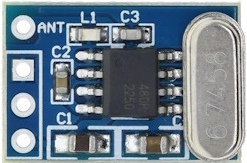
 Design with SYN115 in Cirkit Designer
Design with SYN115 in Cirkit DesignerIntroduction
The SYN115 is an electrically conductive synapse chip designed for wireless communication applications. Manufactured by AEAK, the SYN115, in conjunction with its counterpart, the SYN480R receiver chip, is commonly used in remote control systems, telemetry, and other RF communication systems. Its ease of use and low power consumption make it a popular choice for hobbyists and professionals alike.
Explore Projects Built with SYN115
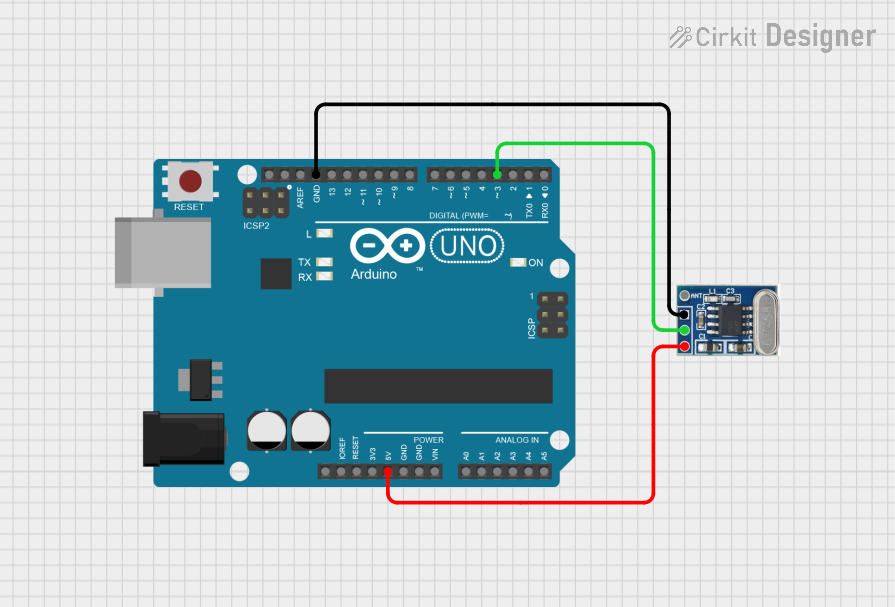
 Open Project in Cirkit Designer
Open Project in Cirkit Designer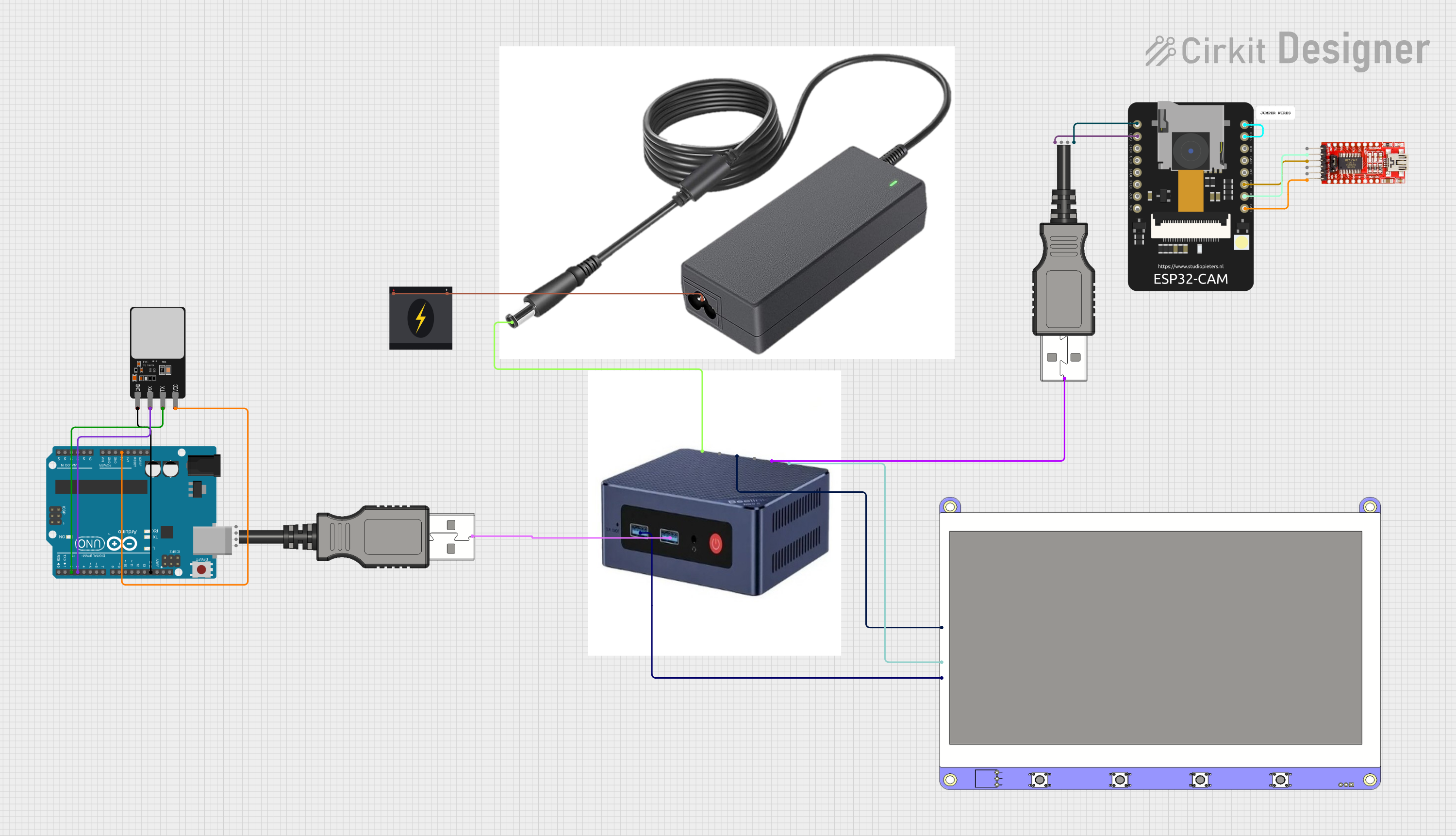
 Open Project in Cirkit Designer
Open Project in Cirkit Designer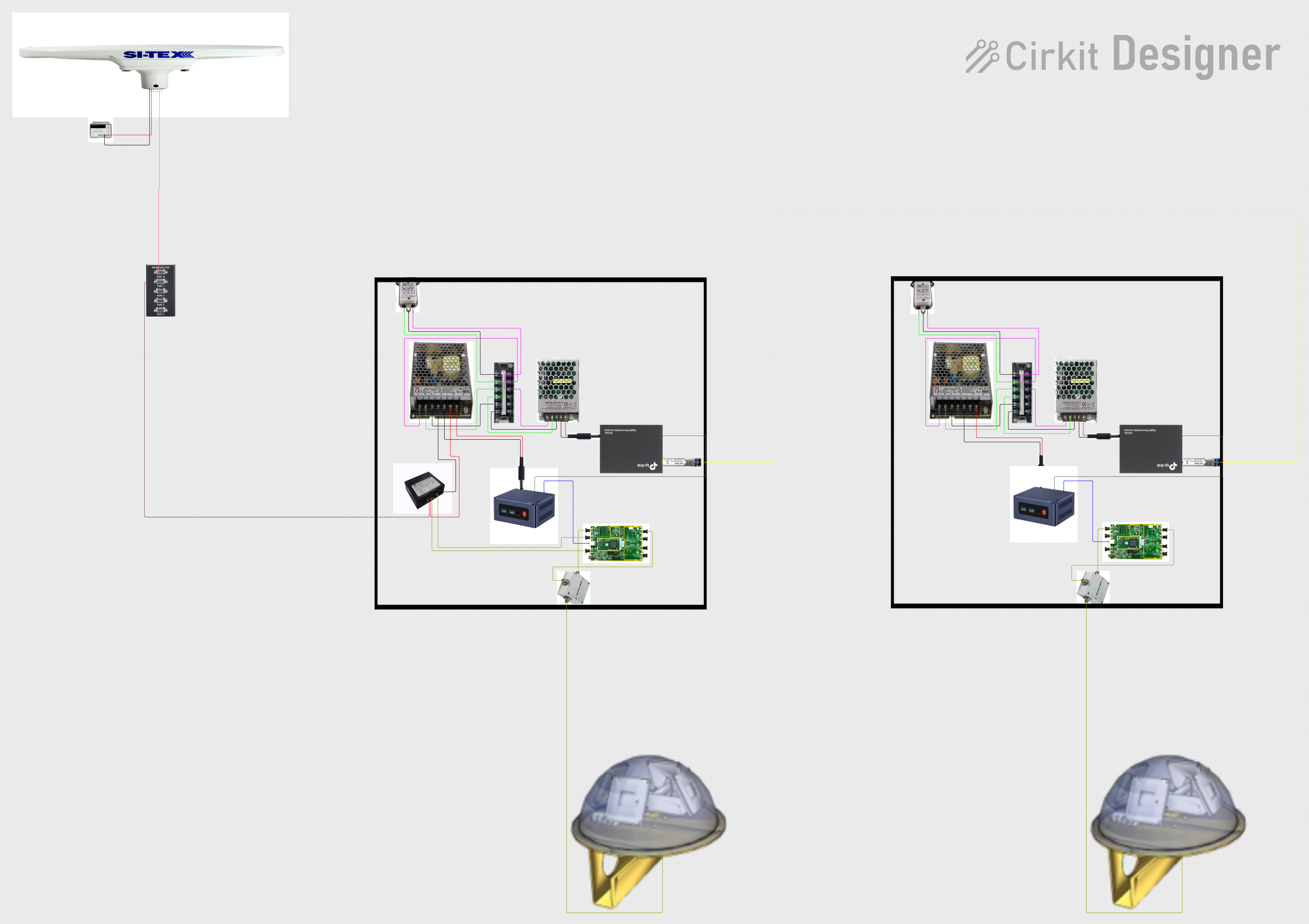
 Open Project in Cirkit Designer
Open Project in Cirkit Designer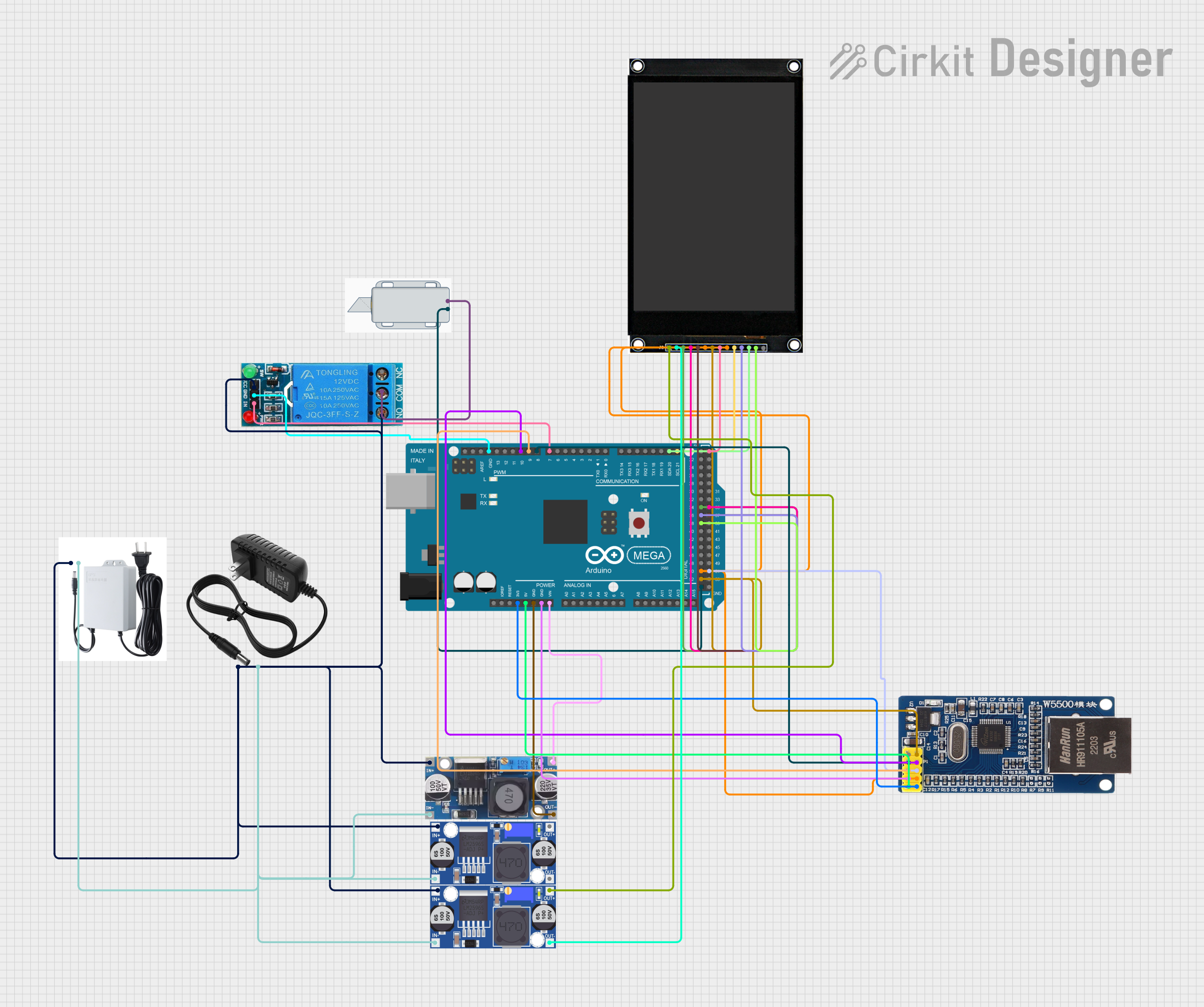
 Open Project in Cirkit Designer
Open Project in Cirkit DesignerExplore Projects Built with SYN115

 Open Project in Cirkit Designer
Open Project in Cirkit Designer
 Open Project in Cirkit Designer
Open Project in Cirkit Designer
 Open Project in Cirkit Designer
Open Project in Cirkit Designer
 Open Project in Cirkit Designer
Open Project in Cirkit DesignerCommon Applications and Use Cases
- Remote control systems
- Wireless data transmission
- Telemetry and sensor networks
- Home automation
- DIY electronics projects
Technical Specifications
Key Technical Details
- Operating Frequency: 315MHz / 433MHz (depending on the model)
- Supply Voltage: 2.0V to 3.6V
- Operating Current: 11mA (typical at 3V)
- Modulation: ASK/OOK
- Output Power: Up to +10dBm
Pin Configuration and Descriptions
| Pin Number | Name | Description |
|---|---|---|
| 1 | ANT | Antenna connection |
| 2 | VDD | Power supply (2.0V to 3.6V) |
| 3 | GND | Ground |
| 4 | DATA | Data input for modulation |
Usage Instructions
How to Use the SYN115 in a Circuit
- Power Supply: Connect the VDD pin to a power source between 2.0V and 3.6V. Ensure that the power supply is stable and clean.
- Grounding: Connect the GND pin to the ground of your circuit.
- Antenna: Attach an appropriate antenna to the ANT pin for signal transmission. The length of the antenna should correspond to the operating frequency (typically a quarter wavelength).
- Data Input: The DATA pin is used to input the signal you wish to transmit. This can be a digital signal from a microcontroller or another digital device.
Important Considerations and Best Practices
- Ensure that the power supply does not exceed the maximum voltage rating.
- Use a decoupling capacitor close to the VDD pin to filter out power supply noise.
- Keep the antenna clear of metal objects to avoid interference.
- Follow local regulations regarding RF transmission power and frequency usage.
Example Code for Arduino UNO
// Example code for transmitting data using SYN115 with an Arduino UNO
#include <VirtualWire.h>
const int txPin = 12; // Connect to the DATA pin of SYN115
void setup() {
vw_set_tx_pin(txPin); // Set the VirtualWire transmit pin
vw_setup(2000); // Bits per sec
}
void loop() {
const char *msg = "Hello World";
vw_send((uint8_t *)msg, strlen(msg)); // Send the message
vw_wait_tx(); // Wait until the whole message is gone
delay(1000); // Wait for a second before sending the next message
}
Troubleshooting and FAQs
Common Issues
- No Signal Transmission: Ensure the antenna is properly connected and the power supply is within the specified range.
- Weak Signal: Check the antenna placement and length. Make sure there are no obstructions or interference sources nearby.
- Intermittent Operation: Verify that all connections are secure and there is no intermittent contact, especially at the DATA pin.
Solutions and Tips for Troubleshooting
- Always double-check wiring and solder joints for a solid connection.
- Use a spectrum analyzer or RF power meter to verify the output power and frequency of the SYN115.
- If experiencing interference, try changing the operating frequency if your model supports it.
FAQs
Q: Can I use the SYN115 with a 5V power supply? A: No, the SYN115 is rated for a maximum of 3.6V. Exceeding this voltage can damage the chip.
Q: What is the range of the SYN115? A: The range depends on many factors, including the antenna design, operating environment, and power supply. Under ideal conditions, it can reach up to 100 meters.
Q: Is the SYN115 legal to use in my country? A: RF regulations vary by country. Check your local regulations to ensure compliance with transmission power and frequency use.
Q: Can I use the SYN115 for continuous data transmission? A: Yes, but ensure that the duty cycle and heat dissipation are within the chip's operating limits to avoid overheating.
For further assistance, please contact AEAK support or refer to the SYN115 datasheet for more detailed information.